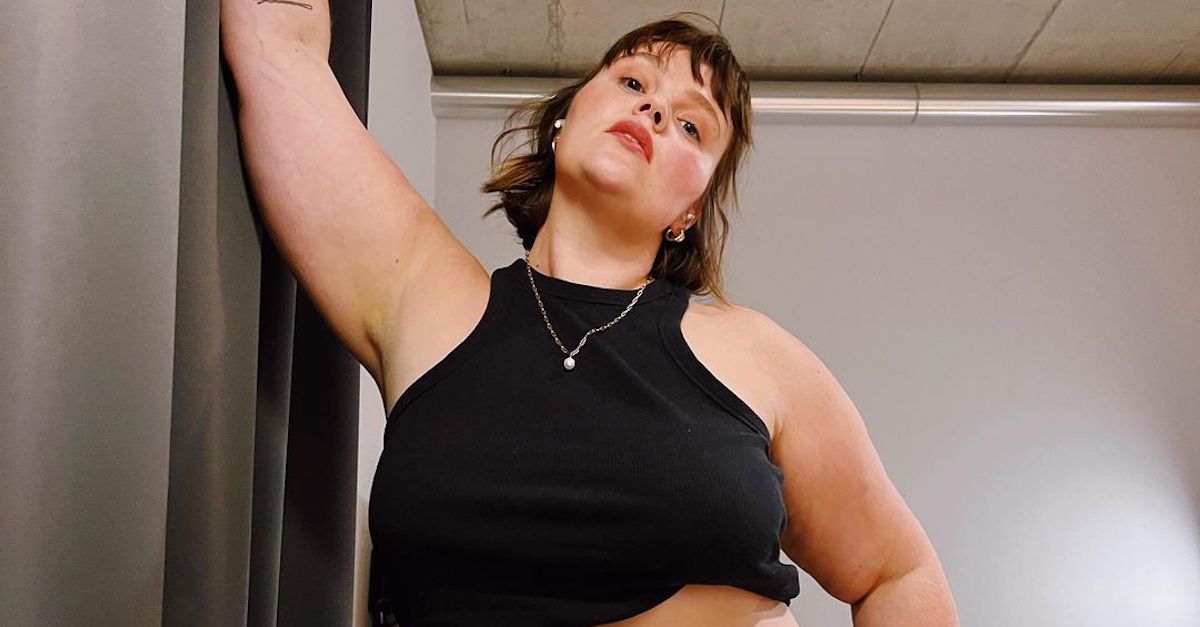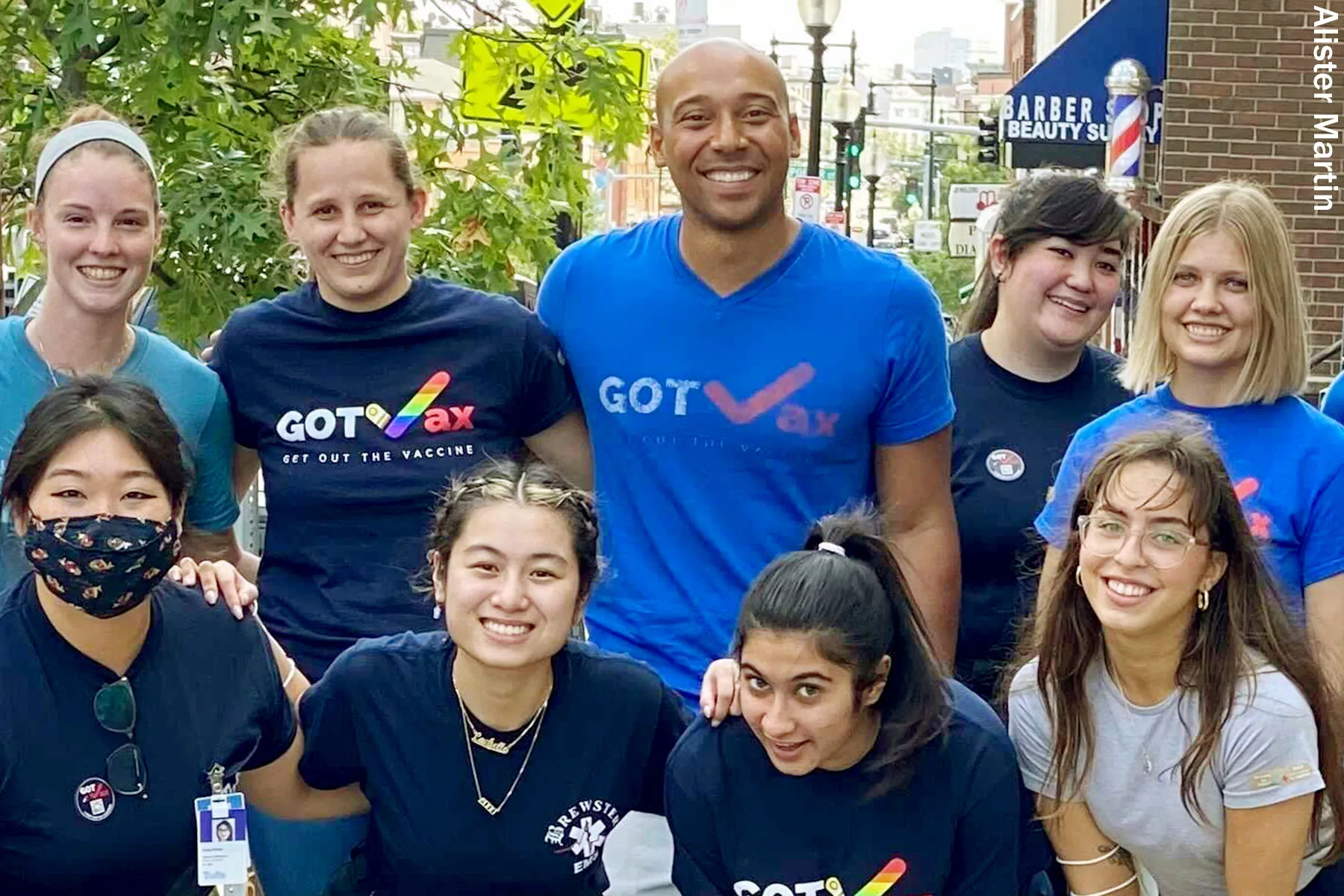‘The Law of Disposable Children’
With little guidance from the courts and little supervision from the states, schools often determine their own guidelines for discipline, giving them immense power and offering students scant due process, according to a recently posted paper.

With little guidance from the courts and little supervision from the states, schools often determine their own guidelines for discipline, giving them immense power and offering students scant due process argue Emory University law professor Tonja Jacobi and Riley Clafton, a Judicial Law Clerk at ther U.S. Courts of Appeals.
The study posted online, entitled “The Law of Disposable Children: Discipline in Schools,” cites the most recent available data showing that over 2.5 million students were suspended and over 100,000 were expelled in the United States during the 2017-2018 school year.
“I have never seen a young person do better because of detention,” said Rachel Shapiro, an attorney with the Juvenile Justice Project, which provides legal assistance to students with disabilities.
According to the study, schools do not discipline students equally and often punish students for minor wrongdoings, destroying their educational and future lives.
According to the Transforming School Discipline Collaborative, Illinois had 340,644 suspensions, expulsions and transfers to alternative schools in place of other disciplinary measures.
Black students comprised roughly 45 percent of the students impacted by these approaches, even though Black students formed only 17.5 percent of the student population during the 2014-2015 school year.
In addition, 44.8 percent of students facing multiple suspensions in the United States were Black during that school year.
The study argues that one of the discretionary discipline practices schools use is a “push out” system where students are disciplined near statewide exams.
“There are often kids suspended during times of statewide testing,” Shapiro said. “One day when I was at the school on a statewide testing day, the office was filled with kids who were then prohibited from taking their tests because they ‘will distract other students.’ I have seen whole rooms of children removed from the testing.”
Students also face discipline for minor actions as long as the school wishes to punish them for it.
The study cited Juvenile Court Judge Stuart F. Lubin, who reported that while on the bench, he witnessed students being brought into the juvenile criminal justice system by schools for minor incidents as insignificant as a snowball fight that took place off school grounds.
Conversely, the study cites Susan Coleman, an assistant superintendent at a school she describes as “very white and wealthy,” where her school administrators cannot bring drug dogs into the school, despite a very significant drug problem because the community would not approve.
The study says at Coleman’s school, students are rarely arrested. When students are caught possessing drugs, they are not arrested unless they have enough to constitute a felony.
The study’s authors argued that the Supreme Court must step in and provide guidance on how schools can discipline students, citing the little guidance currently offered by the court.
There are no current cases of school discipline taken on by the court.
Still, Reverend David Kelly of the Precious Blood Ministry of Reconciliation—an organization that serves young people and families most impacted by violence, incarceration and structural inequity warned against ignoring the disciplined students in the study.
“It’s the forgotten, discarded, disposable people,” he said. “That’s so often who you find in jail—the forgotten.”
James Van Bramer is Associate Editor of The Crime Report

 Landwebs
Landwebs 





















